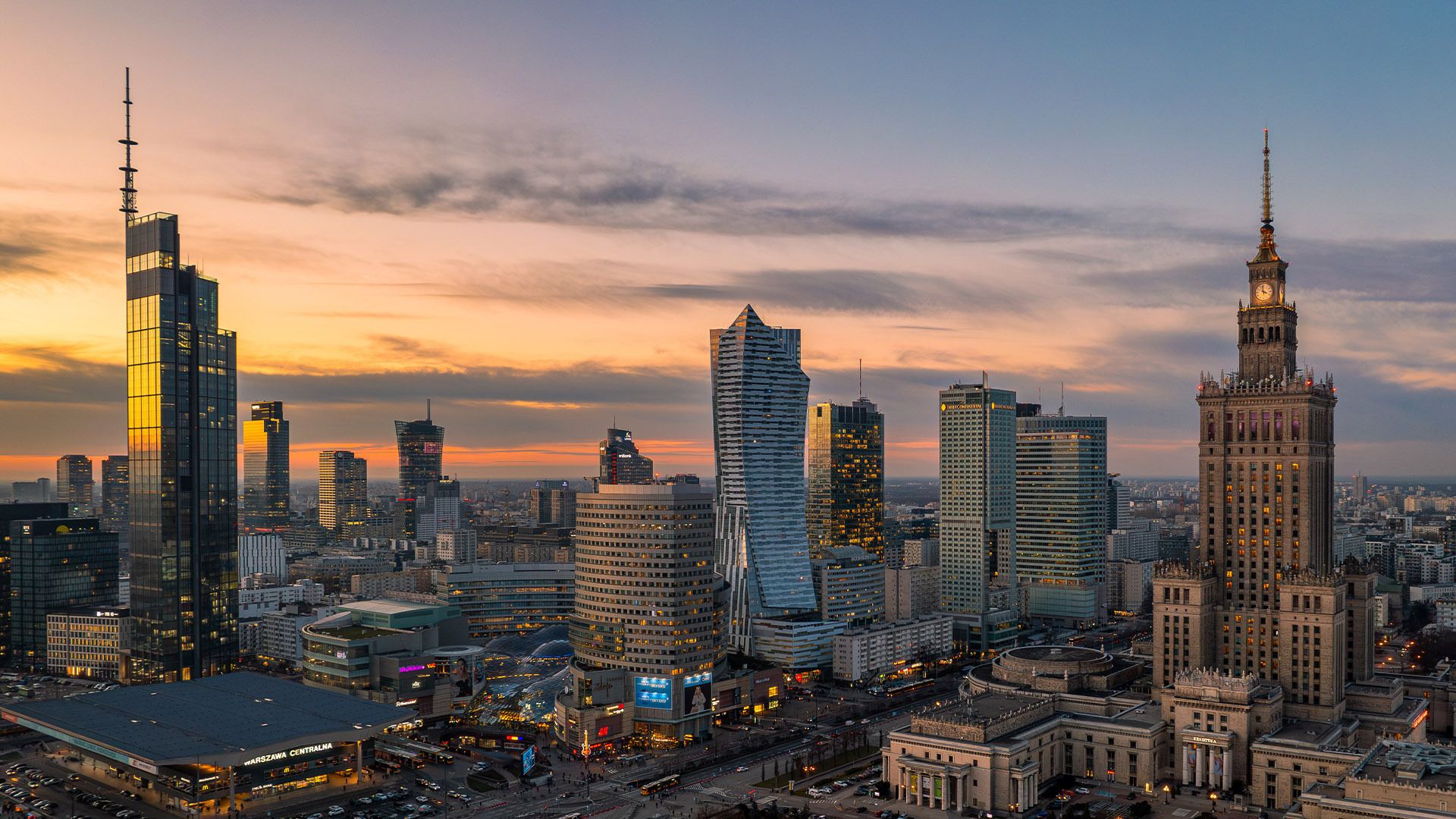 Credit: Heroc | Adobe Stock
Credit: Heroc | Adobe StockPoland: Shifting Perceptions Unlock Real Estate Opportunities
Poland’s economic fundamentals and industrial strength are attracting new capital, driving a selective market recovery
October 2, 2025Real Estate
Written by:Helen Richards
Poland's investment market stands at a pivotal moment. While its promising trajectory is often shadowed by historical perceptions and geopolitical risk, the reality is that Poland has emerged as an economic and industrial powerhouse in the CEE region, staking its claim as the European Union's sixth-largest country.
Remarkably, its economy has expanded tenfold over the last three decades, and the investment market registered enormous growth in 2024, with robust performance across key sectors.
Looking ahead, new sub-sectors like senior living are poised to rise due to Europe's demographic needs, though institutional capital has not yet fully committed to this segment.
This hesitancy, which has been exacerbated since the invasion of Ukraine, makes attracting large-scale international capital a continuous challenge, with many foreign investors demanding higher yields to compensate for this perceived risk.
However, the country presents solid counterpoints, namely its economic resilience, strong NATO ties, and stable Warsaw Stock Exchange and currency. Ultimately, granting greater exposure to the reality of modern Poland is essential to shifting these entrenched views.

Warsaw’s placement above these traditional Western hubs highlights the increasing relevance of Poland on the European real estate investment map.
The country is seeing significant activity from Czech capital across the office, retail, and logistics segments. Swedish investors remain committed, and new names are emerging from Canada.
Domestic Polish capital is also becoming increasingly prominent. Primarily sourced from family offices and high-net-worth individuals (HNWIs), this capital views real estate as a safe haven and is playing a vital role in the market.
Join Poland’s most prominent real estate market players in Warsaw on 21st October for the GRI Institute’s Polish Real Estate 2025 forum.
This content was first featured in the GRI Institute’s Summit Spotlight: Europe GRI 2025 Day 2. Access the full report below:

Remarkably, its economy has expanded tenfold over the last three decades, and the investment market registered enormous growth in 2024, with robust performance across key sectors.
Offices
The Warsaw office market has historically led Europe in net absorption. A recent sharp drop in new deliveries has significantly tightened the vacancy rate, fuelling annual rental growth that now exceeds 20%.Living
The living market remains exceptionally strong, boasting some of the fastest-growing sale prices across Europe. This momentum is mirrored in the Private Rented Sector (PRS), where rental prices are soaring. This dramatic shift is primarily driven by a continuous influx of new residents migrating from smaller Polish cities, Ukraine, Russia, Southern Europe, and India.Looking ahead, new sub-sectors like senior living are poised to rise due to Europe's demographic needs, though institutional capital has not yet fully committed to this segment.
Retail
Despite the global surge in e-commerce, penetration remains low in Poland, which underpins the retail sector's remarkable resilience. Developers are now shifting their focus from massive shopping centres toward the more agile format of retail parks for new projects.Logistics
The logistics market is arguably the most sought-after segment in Europe for both investors and tenants. A recent slowdown in new completions is anticipated to further tighten vacancy levels, pushing demand even higher over the next 18 months.Geopolitical Risk and The Perception Problem
A major hurdle for the Polish market is an outdated perception among some foreign investors, especially those from North America and Asia. These investors often still view Poland through the lens of a former Eastern Bloc country.This hesitancy, which has been exacerbated since the invasion of Ukraine, makes attracting large-scale international capital a continuous challenge, with many foreign investors demanding higher yields to compensate for this perceived risk.
However, the country presents solid counterpoints, namely its economic resilience, strong NATO ties, and stable Warsaw Stock Exchange and currency. Ultimately, granting greater exposure to the reality of modern Poland is essential to shifting these entrenched views.

GRI Institute members ranked Warsaw above major German hubs as the most promising city for real estate investment. (sopthedrone | Adobe Stock)
Investor Profiles: New Money and Domestic Strength
Investor interest in Poland is clearly high, demonstrated in the recent GRI Barometer: European Real Estate Outlook H2 2025, where Warsaw was ranked higher than German cities Berlin, Munich, and Frankfurt in the most promising European cities for real estate investment.Warsaw’s placement above these traditional Western hubs highlights the increasing relevance of Poland on the European real estate investment map.
The country is seeing significant activity from Czech capital across the office, retail, and logistics segments. Swedish investors remain committed, and new names are emerging from Canada.
Domestic Polish capital is also becoming increasingly prominent. Primarily sourced from family offices and high-net-worth individuals (HNWIs), this capital views real estate as a safe haven and is playing a vital role in the market.
Join Poland’s most prominent real estate market players in Warsaw on 21st October for the GRI Institute’s Polish Real Estate 2025 forum.
This content was first featured in the GRI Institute’s Summit Spotlight: Europe GRI 2025 Day 2. Access the full report below:
